Explore South East England and discover its rich history, stunning landscapes, and vibrant culture! From unforgettable quaint villages to stunning beaches.
The South East Region has a population of around 9 million people and accounts for about 14% of the UK’s economy. The region boasts several historic and picturesque towns like Oxford, Canterbury, and Brighton; natural beauty spots like the South Downs National Park and the New Forest; as well as attractions such as Oxford Castle and prison and incredible beaches.
England is made up of nine different regions, each one unique in its individual character in history, geography, purpose, and tourist attractions. In this article, I am focusing on the South East Region, then moving on to the other regions in other articles. If you would like to know more about the other regions, read through the links.
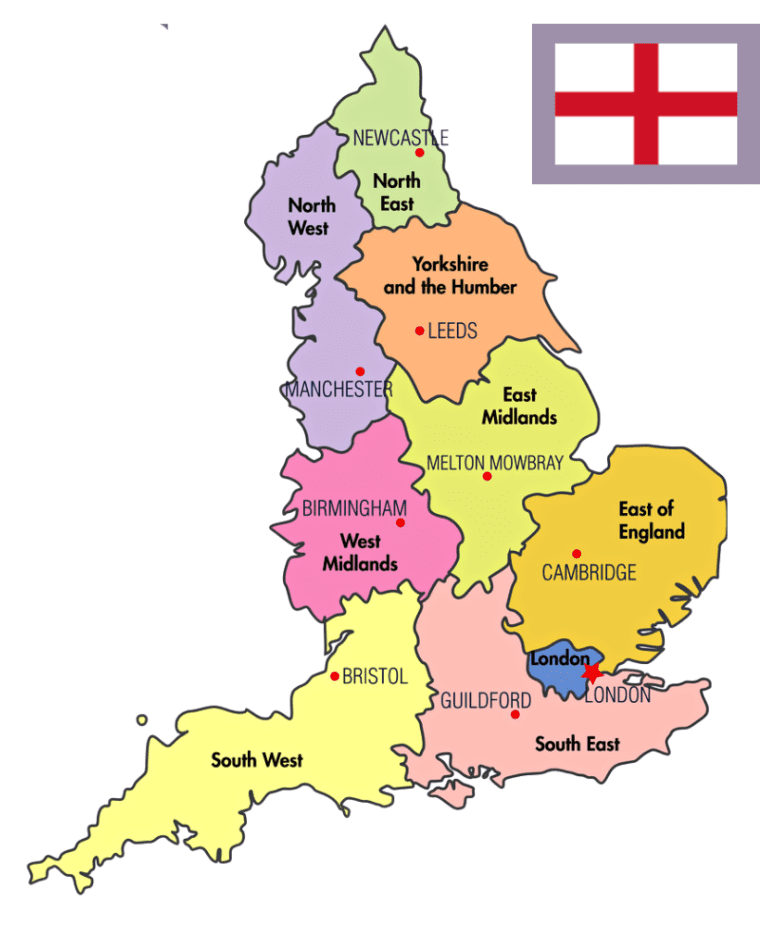
9 Different Regions
- North East – largest city Newcastle
- North West – largest city Manchester
- Yorkshire & the Humber – largest city Leeds
- East Midlands – largest city Melton Mowbray
- West Midlands – largest city Birmingham
- South West – largest city Bristol
- South East – largest city Guildford
- London – London
- East of England – largest city Cambridge
Content
- 3 Main Cities of the South East
- Charming Landscapes of South East England
- Discovering the Underground Wonders of the South East Region
- Discovering the Treasures of South East Rich History
- Navigate the South East: modes of transportation
3 Main Cities of the South East
The main cities and towns are Brighton and Hove, Canterbury, Guildford, Chichester, Milton Keynes, Oxford, Portsmouth, Bournemouth, Southampton, Reading, Hastings, Crawley, Dover, and Winchester.
1. Guildford
Guildford is a vibrant and historic market town situated in the heart of Surrey, England. It is the county town of Surrey and is home to the University of Surrey and a number of well-known cultural attractions, such as Guildford Castle and the Watts Gallery. Guildford is a popular destination for shoppers, thanks to its many independent shops and boutiques as well as large shopping centers. There is lively nightlife in the town, with a wide range of pubs, clubs, and restaurants to choose from. For visitors looking for a relaxed day out, Guildford’s parkland, riverside walks, and nature reserves offer plenty of activities.
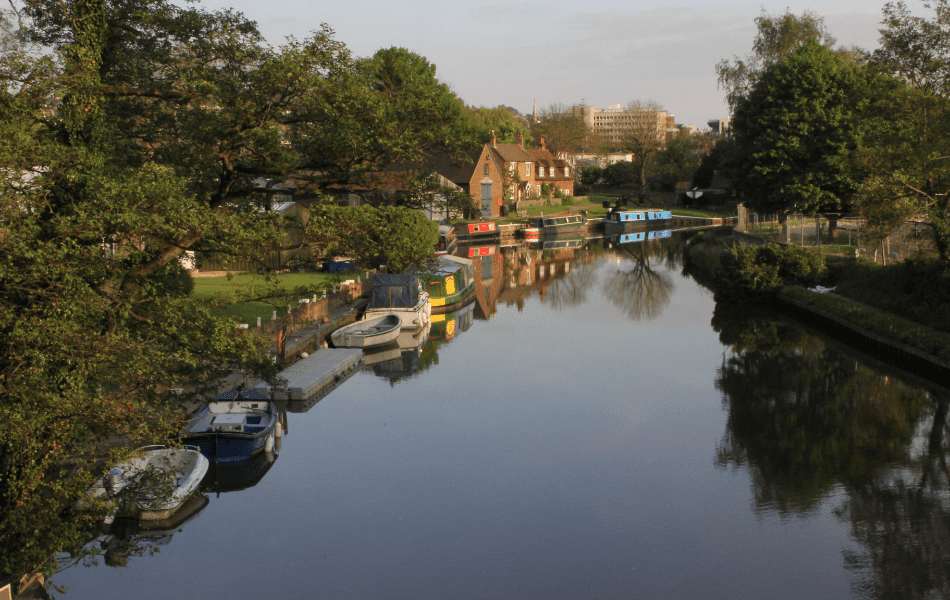
Guilford Green
The Guilford Green, the centerpiece of the town, is surrounded by iconic colonial homes and draws locals and tourists alike to events such as craft fairs and farmers’ markets year-round.
Guilford’s historical significance
Guilford’s historical significance can be explored at museums such as the Hyland House Museum and the Henry Whitfield State Museum.
Outdoor enthusiasts
Outdoor enthusiasts will appreciate hiking trails in places like Westwoods Conservation Area or sunbathing at Jacobs Beach on Long Island Sound.
Entertainment Options
For those seeking entertainment options that are out-of-the-ordinary, Guilford has several theaters such as Goodspeed Opera House which offers world-class theater performances without being overpriced offerings.
2. Oxford
Oxford, the historic city of dreaming spires, is a place that holds exceptional importance in the academic world. It is renowned as a center of learning and architecture and has a rich history spanning over 800 years.
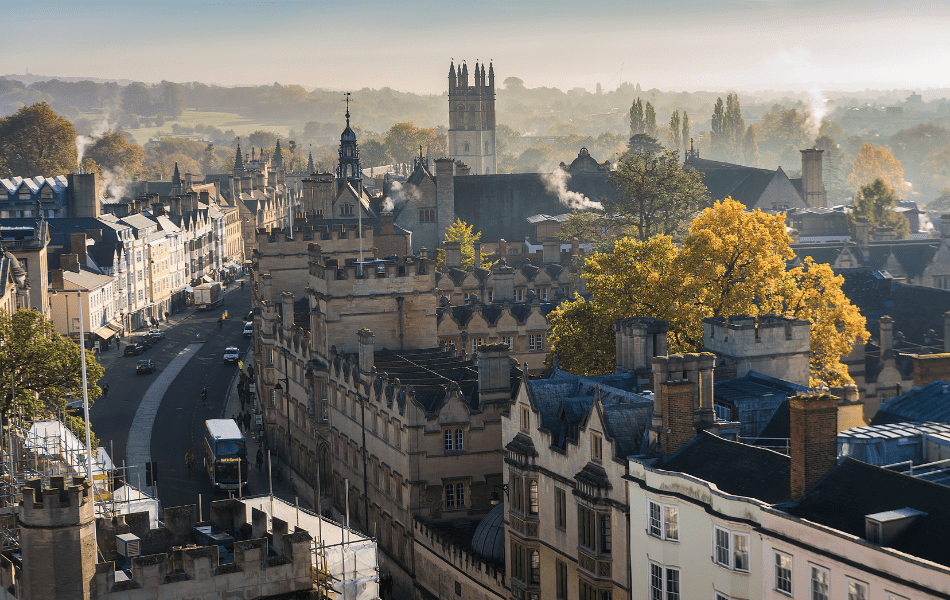
Oldest University
As home to one of the oldest and most prestigious universities in the world, Oxford has an unparalleled reputation for academic excellence.
What attracts the visitor
Oxford’s rich history and culture make it an engrossing destination that attracts millions of visitors every year. From stunning architecture and museums to picturesque parks and botanical gardens.
Exploring the city
Visitors can explore this medieval city on foot or by cycling through its narrow cobblestone streets that are steeped with numerous stories about famous thinkers and writers who once called this place home.
3. Brighton
Brighton, a bustling seaside town located on the south coast of England, offers visitors an exciting array of experiences that have made it one of the country’s most popular tourist destinations. Here are 8 reasons for you to visit:
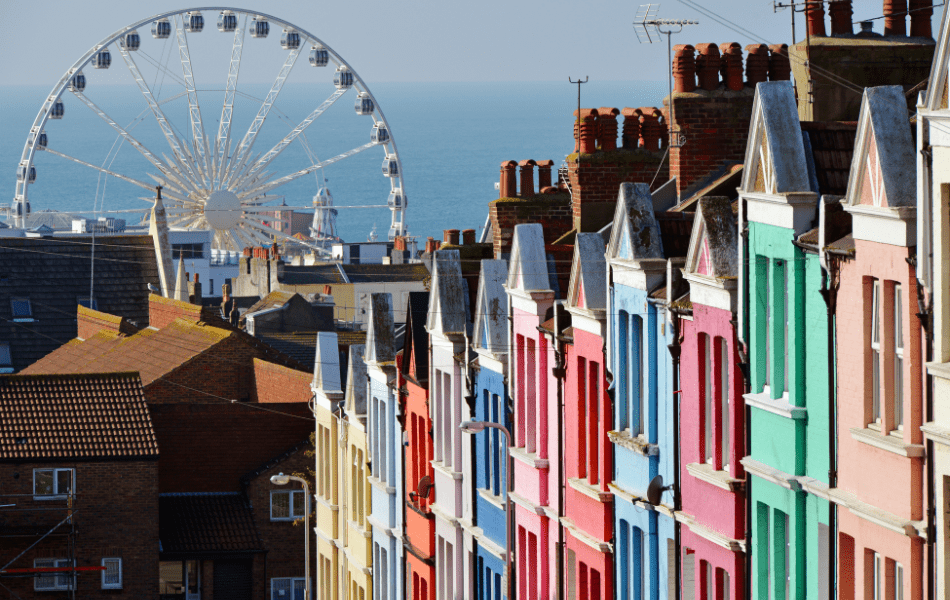
- Brighton Pier – an iconic landmark and tourist attraction on the seafront.
- The Royal Pavilion – an impressive Grade I listed building and former royal residence.
- The Lanes – a vibrant shopping and dining area filled with independent boutiques, cafes, and restaurants.
- Brighton Beach – a popular destination for tourists and locals alike, with its iconic beach huts and lively promenade.
- The South Downs – a stunning landscape of rolling hills and picturesque valleys.
- Brighton Festival – one of the largest arts festivals in the UK, held annually in May.
- Brighton Sea Life Centre – an aquarium and tourist attraction opened in 1872.
- Stanmer Park – a Grade II listed park with many historic buildings and monuments.
Charming Landscapes of South East England
The South East Region of England is characterized by slightly undulating topography, with a mix of gently rolling hills and low-lying stretches along the coast.
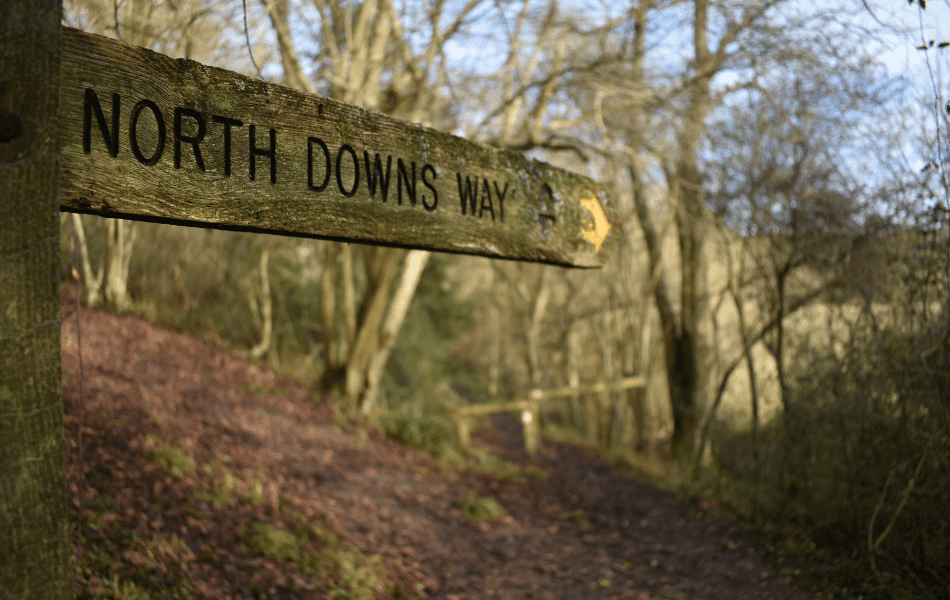
Inland, the region is marked by an extensive network of river valleys that cut through the chalk uplands, creating a series of narrow ridges and dips. The North Downs and South Downs run eastwards from Hampshire to Kent in two parallel lines, forming a distinct geological feature that has influenced the region’s history and landscape.
The region is also home to a variety of habitats, ranging from fertile farmland to nature reserves, ancient woodlands, and protected areas. The area’s geology has provided rich sources of materials such as flint which have greatly influenced architecture with Tudor-era timber framing still common to this day.
Overall, whilst much of South East England may appear flat there is an undulating terrain underfoot that forms the basis for its unique character today.
Coastal Topography of South East Region
The coastal topography of South East Region, England is characterized by a diverse range of landscapes that have been shaped by centuries of natural and human processes.
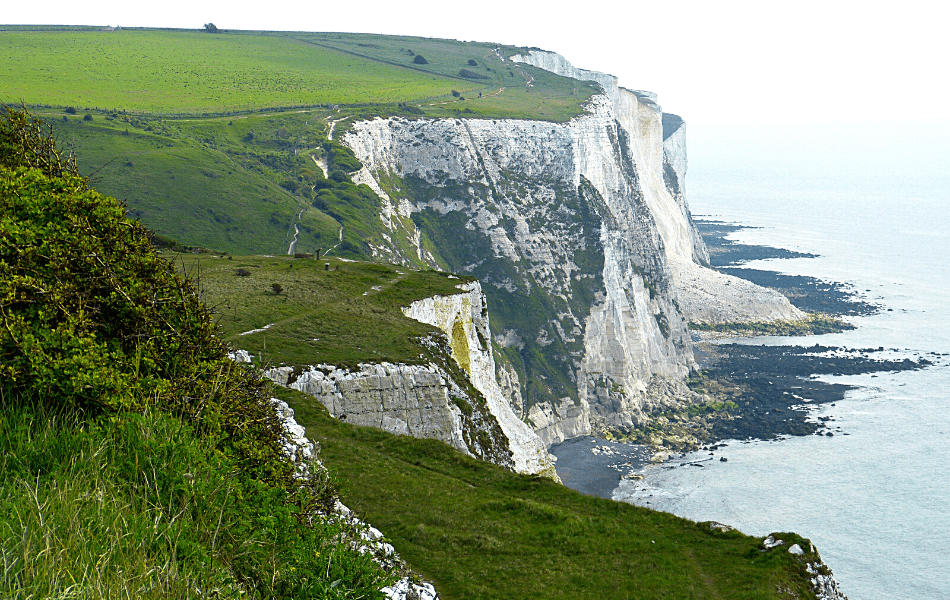
| The region’s coastline comprises a mix of sandy beaches, rocky cliffs, estuaries, and marshes. Perfect for those who chase beaches. Read my article on the 8 Finest Beaches in England |
| At its easternmost point lies the chalky white cliffs of Dover, which rise up to 350 feet above sea level and offer stunning panoramic views. |
| Further to the east are the low-lying marshes of Kent and Essex, which are known for their rich biodiversity and serve as important habitats for migratory birds. |
| Moving westward along the coast leads one to encounter sweeping bays such as Camber Sands in Sussex or pebble beaches like those found in Brighton. |
| These varied coastal landforms have made the South East Region an attractive destination for visitors seeking scenic beauty and outdoor recreation opportunities. However, threats such as coastal erosion caused by climate change continue to pose significant challenges that require careful management by local authorities and other stakeholders. |
Discovering the Underground Wonders of the South East Region

The South East region of England has a diverse range of caves that show evidence of a rich geological and archaeological history. These subterranean formations traverse the counties of Kent, Surrey, and Sussex, taking visitors on a journey through time.
From the eerie stalactites and stalagmites in the Chislehurst Caves to the labyrinthine stone tunnels in Reigate’s Baron’s Cave, these underground passageways showcase nature’s remarkable ability to sculpt rock into intricate shapes. But their appeal goes beyond aesthetics; some of these caves have been used as shelters for thousands of years – from prehistoric times all the way up to WWII.
The Smugglers’ Caves in Hastings testify to a different past where smugglers would use them to store contraband goods like tea and tobacco in order to avoid paying tax. Today, visitors can explore these fascinating formations while learning about their ecological significance and cultural heritage through guided tours.
Before climbing around the wonderful caves, prepare yourself for hiking before venturing on holiday, and get yourself some Sketches Hiking boots. I totally recommend Sketches!
Discovering the Treasures of South East Rich History
South East England is one of the most historically rich regions in the country. Many centuries of human occupation have left their mark on the area. It’s famous for its medieval cathedrals, Tudor buildings, and Roman remnants. These treasures are well-preserved and open to the public. Anyone can enjoy this historic region!
South East England is one of the oldest inhabited parts of the country. Many prehistoric sites litter the region. These include Neolithic henge monuments, Bronze Age burial mounds, and Iron Age hill forts. The Romans also built many settlements in this area. They did this as part of their expansion into Britain. These include Braint Castel, Camulodunum, and Londinium. Their presence is still evident today in many ways. Several Roman sites have been preserved through excavations and restorations. These include Hadrian’s Wall in Northumberland and Richborough Castle on the coast of Kent.
What did the Romans bring with them to the South East Region?
The Romans were there for about 400 years, which makes them one of the longest-running occupants of South East England. They brought many new things to the region during their time there. They expanded cities into centers for trade, governance, and daily life. They also brought with them a new religion— Christianity — and their architectural style. We still see their influence on churches, theaters, and other buildings today. Many historians believe they brought technology like running water to Britain as well!
The history of South East England is fascinating and rich in detail. The Romans made many changes to daily life there— even after they left— and left many historical sites behind them as well! They also had a big impact on architecture with their concrete designs. Anyone can experience this region’s roman treasures by visiting local sites or museums!
8 Historical Sites to Visit
| Canterbury Cathedral | 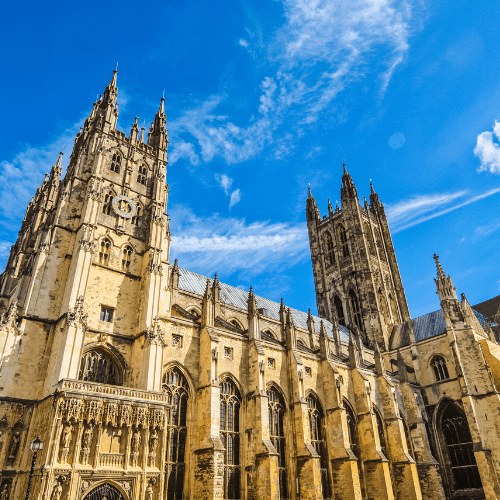 | * located in Kent and has been a place of worship for over 1,400 years. * architectural features such as the flying buttresses, pointed arches, ribbed vaults, and stained-glass windows add to its charm and beauty. * also houses many significant historical artifacts including the shrine of Saint Thomas Becket. |
| Dover Castle | 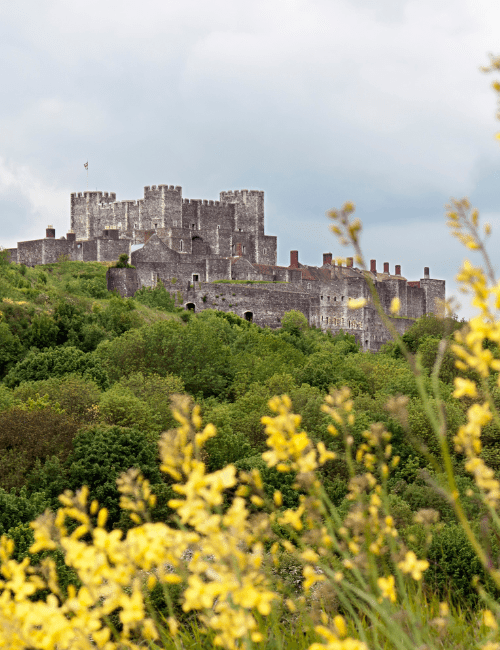 | * Located on a high hill overlooking the English Channel, has served as a vital defensive stronghold for over 900 years. * Dates back to the eleventh century when it was constructed by William the Conqueror to secure his kingdom from invading forces. * Hosts secret wartime tunnels during World War II, and played a pivotal role in defending England against foreign attacks. * Explore the Great Tower, which displays an extensive range of objects and artifacts relating to its history. |
| Arundel Castle and Gardens | 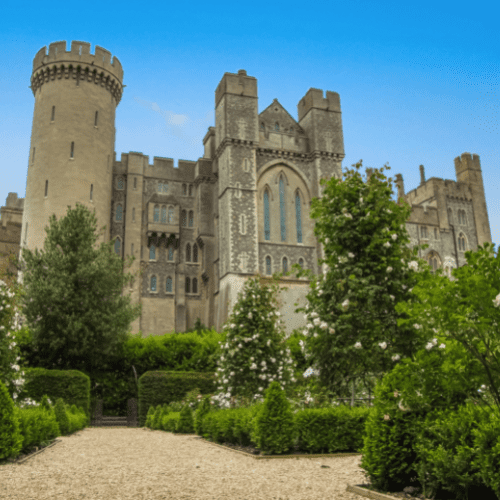 | * Located in Arundel, West Sussex, England. * Originally built during the 11th century after the Norman Conquest and has been continuously inhabited by successive generations of aristocrats since then. * Nestled within a gorgeous landscape filled with woodlands, water features, lawns, gardens, and exotic species of flora. |
| Ramsgate Tunnels | 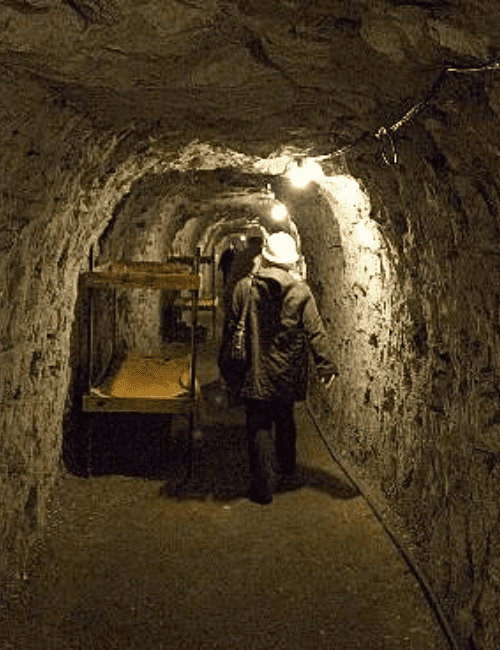 | * Are a network of underground passageways in the southeastern region of England that was built during the early 19th century. * Originally designed as a system for transporting goods and people from the harbor to the town center, the tunnels later served as air-raid shelters during World War II. * Offers visitors a glimpse into life during wartime while also showcasing some of the highly intricate engineering feats that were achieved over two hundred years ago. |
Visiting historical sites in England is important for a number of reasons. It allows us to appreciate and understand the history of England and its people, how it has evolved over the centuries, and how these changes have shaped the present. It also provides an opportunity to learn about the culture and traditions of the country, as well as to appreciate its beauty. Historical sites provide a source of inspiration, education, and entertainment, while also serving to preserve the country’s past.
| Bodleian Library |  | * One of the oldest and most renowned libraries worldwide. * Established in 1602, it holds a collection of over 13 million items ranging from books, manuscripts, maps, and other rare treasures. * The library’s reputation for being among the leading research institutions across the globe make it an indispensable resource for scholars and researchers. |
| Oxford Castle & Prison | 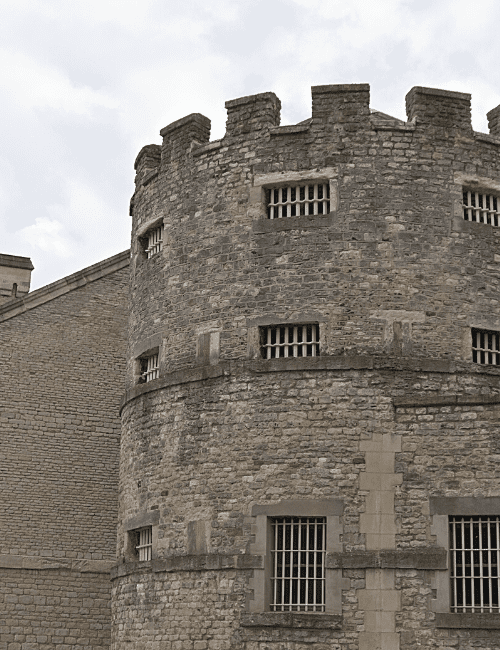 | * Is a historic landmark that boasts over 1,000 years of history. * Built in 1071, this castle served as a royal fortress and was later converted into a prison. * The prison wing offers a unique insight into Victorian-era incarceration highlights the harsh conditions under which prisoners were kept. |
| Chinnor & Princes Risborough Railway |  | * Is a preserved steam railway that operates along a stretch from Chinnor Village, in Oxfordshire, to Princes Risborough Town, in Buckinghamshire. * The Chinnor & Princes Risborough Railway started in 2009. * Closed in 1957, but a group of enthusiasts established the railway society in 1989 and started to restore and operate the route. |
Windsor Castle
Windsor Castle is a royal residence located in Berkshire, England. It is the oldest and largest inhabited castle in the world and has been the family home of British kings and queens for almost 1,000 years. The castle’s lavish State Apartments are used regularly for ceremonial and official occasions, such as state visits, investitures, and royal weddings. The castle also houses the world’s largest and finest collection of paintings from the Royal Collection. Visitors can explore the castle’s beautiful grounds, which include an extensive park and a working farm. Windsor Castle is an iconic symbol of Britain’s monarchy and a popular tourist attraction.
Navigate the South East: modes of transportation
The South East Region of England boasts a comprehensive and diverse range of transportation modes that make traveling in the area efficient, safe, and convenient. These modes include traditional options like trains, buses, and taxis, as well as modern amenities such as bike-sharing schemes and ride-hailing services.

Railway Network
The railway network comprises some of the busiest stations in the country, providing speedy connections to London and other neighboring cities. Trains are a great way to get around, as they’re fast, reliable, comfortable, and can take you anywhere in the country. The South Eastern Railway offers scenic routes through the South East.
Bus Network
Numerous bus companies offer scheduled services to various destinations across the region. Stagecoach UK Bus is a very good example and is reliable.
Black cabs or Minicabs
Metropolitan areas are served by a fleet of black cabs or minicabs for shorter journeys. Of course, you can also take an Uber.
Cycling
In recent years cycling has become increasingly popular in Southeast England with dedicated cycling lanes popping up all over towns and cities making this an eco-friendly travel option.
Airports
Furthermore, Southeast airports such as Gatwick airport provide direct flights to hundreds of international destinations making this region accessible around the globe.
Listing of airports:
- London Gatwick Airport
- London Heathrow Airport
- Stansted Airport
- Luton Airport
- Southampton Airport
- Southend Airport
- Oxford Airport
- London Biggin Hill Airport
- Farnborough Airport

Aerial tours are also a popular way for tourists to explore. Some tour operators offer hot air balloon rides over famous landmarks, such as Kent Heritage Helicopter Tour and Virgin Balloon Flights – Guildford.
Recent Posts
Discover insider tips to find cheap flights from the UK, save on easyJet, Ryanair & BA, and score the best weekend and last-minute deals. Why You’re Paying Too Much for Flights Most UK...
Discover the sounds of travel, from laughing kookaburras to market chatter, church bells to ocean waves - a journey heard as much as seen. It always starts with a sound. The other day, walking...


16 thoughts on “Examining South East England”
Comments are closed.